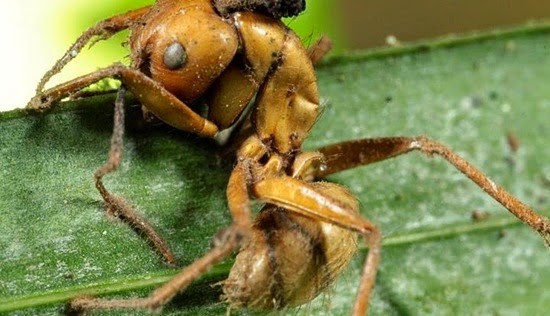
Five years ago, I wrote The Invasion of the Zombie Animals and 7 More Zombie Animals. Those two lists covered the best-known cases of parasitic creatures that take over the minds and bodies of other animals for their own selfish ends. But there are many more such parasites that do exactly the same thing. They give us nightmares and feature films, but life is even worse for their victims.
1. Zombie Fish Has a Hot Flash
The bird tapeworm Schistocephalus solidus uses three hosts in its life cycle. Its eggs are laid in a bird’s digestive system. When the eggs reach the water in bird droppings, they hatch into larvae, which are eaten by copepods, a type of crustacean. The copepods are eaten by stickleback fish. This is where the tapeworm wants to grow large. Through some chemical mechanism, the tapeworm changes the fish’s behaviour. The fish no longer stays with its school, but swims to the warmer water preferred by a growing tapeworm. Leaving the other fish also make the stickleback more likely to be eaten by a seabird, which is where a mature tapeworm wants to be in order to lay its eggs. And the cycle can start all over again.
2. Zombie Honeybees Head Toward the Light
Photograph by Core A, Runckel C, Ivers J, Quock C, Siapno T, et al
Apocephalus borealis is a fly that lays its eggs in bumblebees, but has been observed to use honeybees as a host more recently. This makes it a suspect in the widespread Colony Collapse Disorder. The fly lays its eggs in the bee’s body, and the infected bee stops working and abandons the colony. Its behaviour becomes more like a moth in that it tends to move toward lights, throwing off its navigation. However, while a moth flies around a light, infected honeybees will stagger and fall down. The bee eventually dies when the fly larvae burst out from behind its head.
3. Zombie Caterpillars “Plant” Themselves
Photograph by L. Shyamal
Ophiocordyceps sinensis is a parasitic fungus that is actually classified as an endangered species. It lives in soil, but eventually reproduces with the help of a ghost moth caterpillar. The infected caterpillar will “plant” itself in soil, with its head pointing toward the surface. The fungus grows over winter, digesting the caterpillar from the inside. In the spring, a fruiting body will burst through the caterpillar’s head and “sprout” above the soil. Often the “stalk” of fungus will be bigger than the caterpillar itself.
The fungus grows only in Tibet and the Himalayas, where the dead infected worms are collected and sold for medicinal use under the name yartsa gunbu. It’s not easy to harvest, but a pound of it can bring US$50,000. Overharvesting led to the endangered classification.
4. Zombie Spiders Become Tailors
Photographs by Stanislav Korenko and Stano Pekár
Czech scientists Stanislav Korenko and Stano Pekár describe the effects of a parasitic wasp, Zatypota percontatoria, on the spider Neottiura bimaculata. The tiny wasp will inject an egg into the abdomen of the spider. The egg hatches and feeds on the spider. The zombie mind-control only occurs when the larva is almost mature: that's when the spider stops its normal web-spinning pattern (B in the above picture) and begins spinning a different kind of web (A) - one that is a perfect place for a wasp cocoon, with a platform to keep it off the ground and a hood to shield it from the weather. When the “customized” web is ready, the larva bursts from the spider, killing it, and spins its own cocoon in the web (C and D).
Another species of spider affected this way is Anelosimus octavius, which is a “tangle web spider.” It produces a rather unstylish web until infected by a wasp of the genus Zatypota. Then it is directed to build an elaborate tent for the parasitic wasp’s cocoons. See the affected webs here.
5. Zombie Crickets Shoot Blanks
Photograph by Flickr user Tom Phillips
The virus IIV-6/CrIV is a sexually-transmitted disease that affects crickets. But this virus has a trick up its sleeve - it affects the behaviour of crickets for its own ends. A cricket infected with IIV-6/CrIV will become more sexually active than a non-infected cricket, which facilitates the spread of the virus from one host to another. The crickets, however, become sterile, both male and female, which means they will continue to mate until they die. The virus does not make the crickets feel sick, though, because that would be counterproductive to sexual activity. If an STD could be thought of as sentient, this one would be a genius.
6. The Zombie Drug-addict Ant Slaves
Photograph by Alexander L. Wild
The Central American acacia tree and the ant Pseudomyrmex ferrugineus live in a symbiotic relationship. The tree provides sweet nectar for the ants, and the ants protect the tree from weeds and animals. But we now know that the relationship is rather one-sided, as the tree not only causes the ants to become addicted to its nectar, but also damages the ants to make them unable to digest any other food! Martin Heil of Cinvestav Unidad Irapuato in Mexico studied the ants, and found that they are born with the ability to digest a variety of sugars, but then lose their invertase, an enzyme that breaks down sugars. The disabled ants can then only survive on the partially - digested sugar of acacia nectar.
Heil has now shown that the tree itself is responsible. Writing in the Ecology Letters journal, he reports that acacia nectar contains chitinase enzymes that completely block invertase.
Shortly after the workers emerge from their pupae as adults, they take their first sip of nectar and their invertase becomes irreversibly disabled.
That's kind of like a nefarious baby food company that offers to pay for your rotten teeth to be pulled instead of repaired. Like I've always said, never trust a tree bearing gifts.
7. Brainless Zombie Ants Carry On and Bury Themselves
Pseudacteon litoralis is a parasitic fly that victimizes fire ants in South America. The female fly lays an egg in the ant’s body with an ovipositor that resembles a hypodermic needle. The egg hatches inside the ant, and then the larva works its way to the ant’s brain, which it eats. The rest of the colony doesn’t even notice that the infected ant no longer has a brain, because the fly larva causes the ant to keep on working and behaving as always! That is, until the larva matures into a pupa. Then it causes the ant to go off by itself and snuggle down in a bed of forest litter, very un-antlike, for the climax of the story. That’s when the mature fly pops off the ant’s empty head and emerges from the dead body to fly off and reproduce.
8. The Meta Parasite
Photograph by Andy Potter
Just because a wasp is a parasite that feeds off other insects doesn’t mean it has no natural predators. They can become victims themselves! Parasites that feed on other parasites are called “hyperparasitoids.” Ed Yong says, “It’s like a cross between the films Alien and Inception.” This story involves not only a caterpillar and two (or more) parasites, but also a cabbage that communicates.
When a cabbage begins to be eaten by a caterpillar, it emits a chemical signal, like an alarm. The scent of the chemical summons the parasitic wasps Cotesia rubecula and/or Cotesia glomerata, which infect the caterpillar with their eggs. This benefits the cabbage in the long run by controlling the cabbage-eating caterpillars. But the chemical also attracts the wasp Lysibia nana, which lays its egg in the Cotesia grub that is already feeding off the still-living caterpillar! Now, the L. nana wasp can tell which Cotesia species is inside the caterpillar, because the grub changes the chemical composition of its host’s saliva, and L. nana can smell the difference. It prefers a caterpillar infected with C. glomerata. One hypothesis is that C. rubecula has evolved to alter the caterpillar’s saliva more subtly for the purpose of hiding from the the hyperparasitoid L. nana.
But of course, the L. nana wasp is vulnerable to yet other meta-parasites. None are safe.
Top image: A dead ant, after being zombified by a species of parasitic fungus. Credit: David P. Hughes via Live Science.

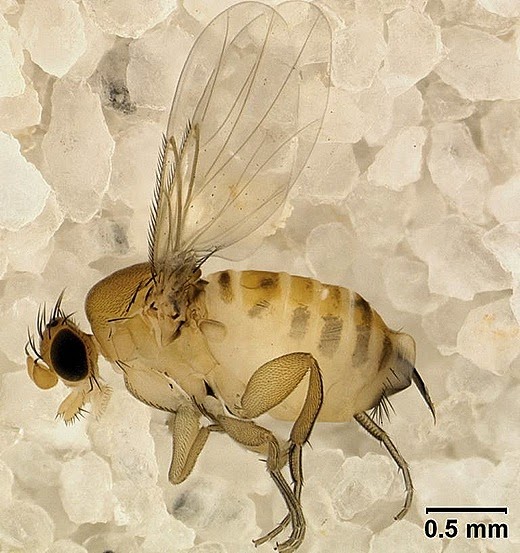
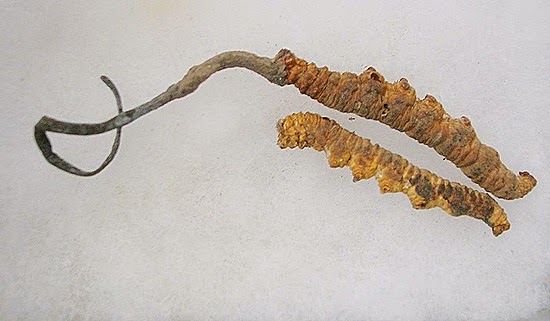
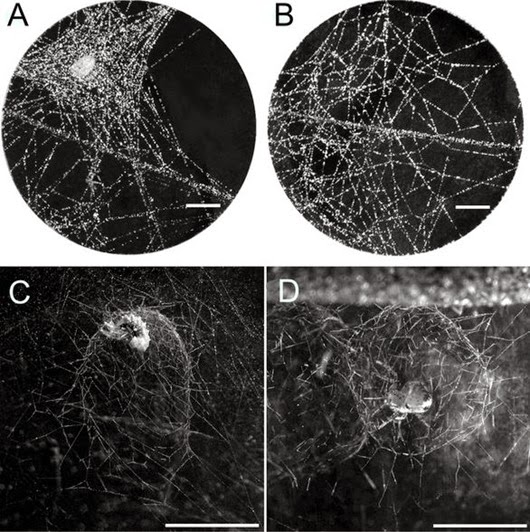
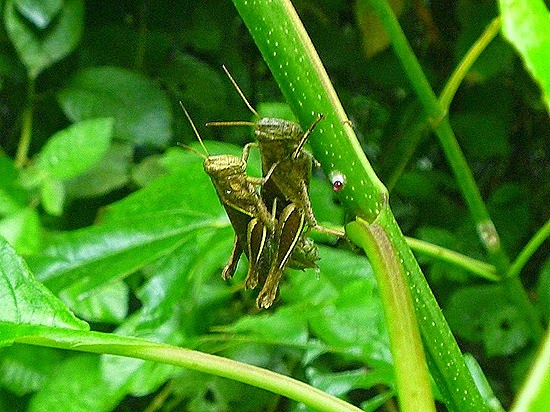

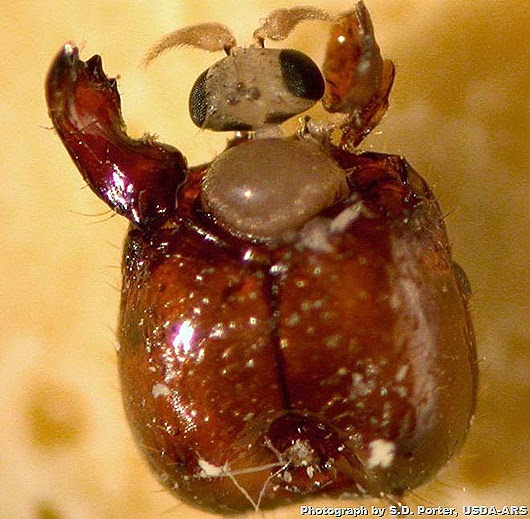
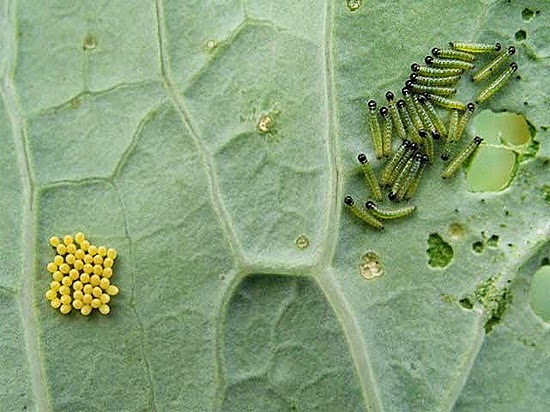
No comments:
Post a Comment
Please adhere to proper blog etiquette when posting your comments. This blog owner will exercise his absolution discretion in allowing or rejecting any comments that are deemed seditious, defamatory, libelous, racist, vulgar, insulting, and other remarks that exhibit similar characteristics. If you insist on using anonymous comments, please write your name or other IDs at the end of your message.